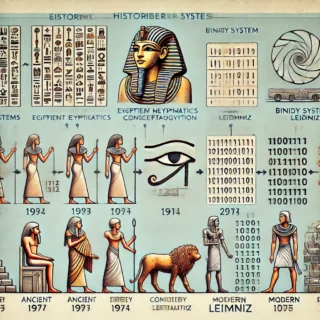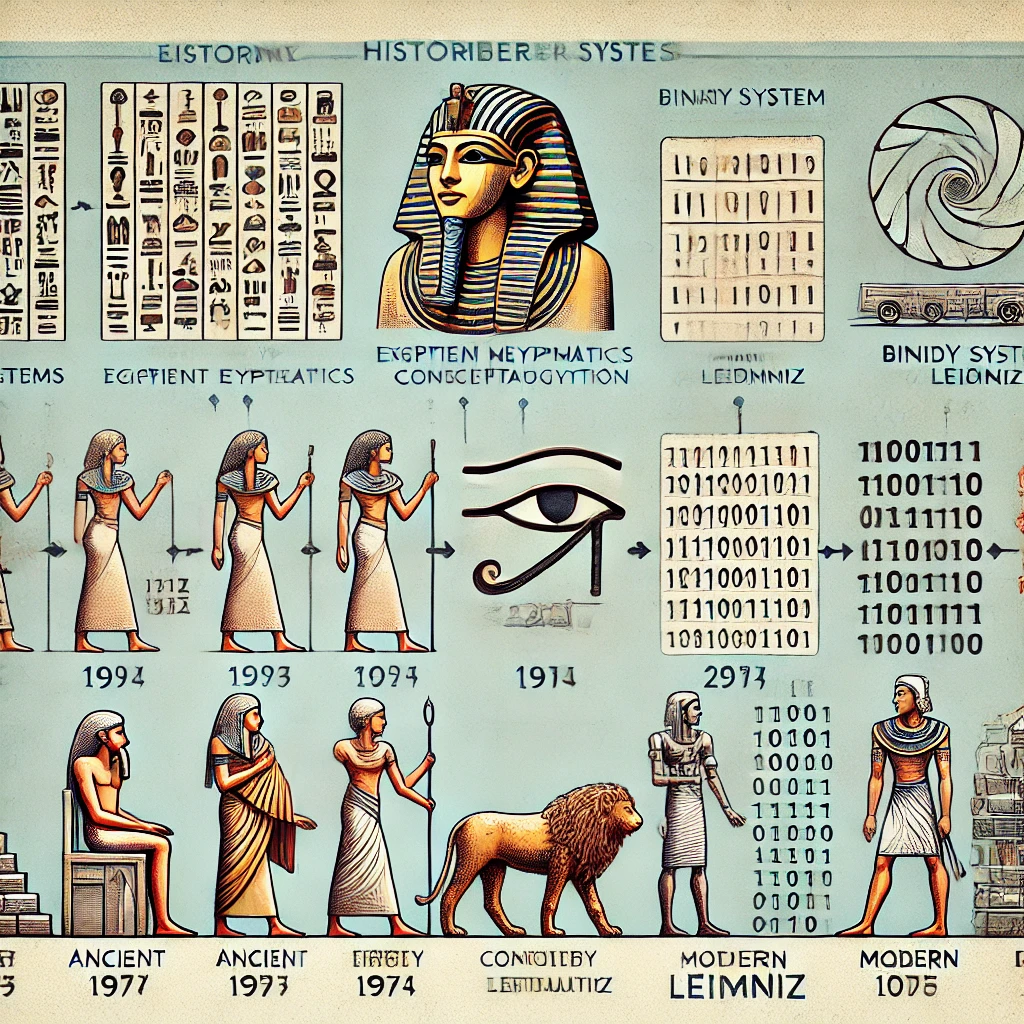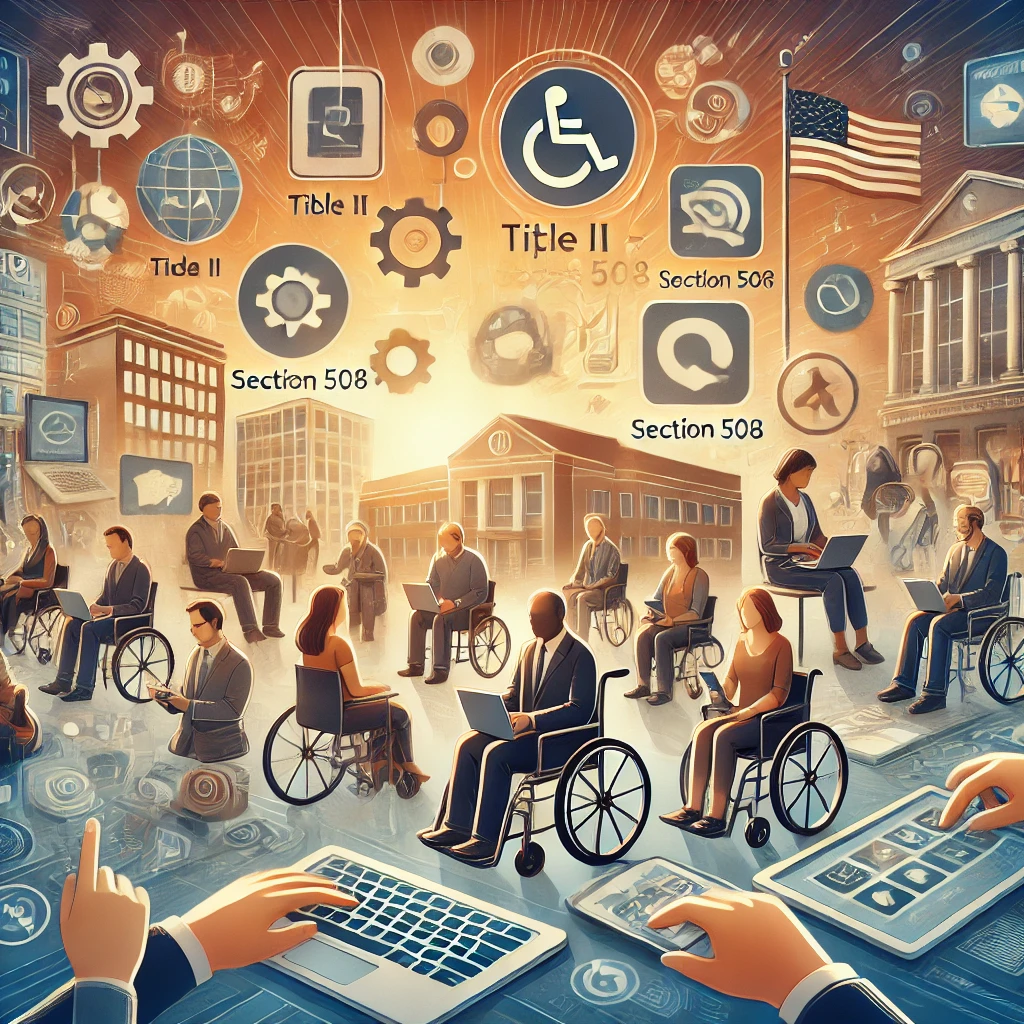
Embracing Immersive Reader: A Powerful Tool for DEI in Higher Education
Fostering diversity, equity, and inclusion (DEI) is not just a goal, but a necessity in the dynamic environment of higher education. As institutions strive to create environments where all students can thrive, innovative tools like Microsoft's Immersive Reader stand out as transformative aids. Immersive Reader offers a unique combination of support and empowerment, paving the way for biliteracy and improved academic success for students who speak languages other than English.
Improving Understanding and Commitment
Imagine a classroom where every student, regardless of their native language, can fully engage with the material. Immersive Reader makes this possible with its robust multilingual support. Students can easily translate text from English to their native language, closing gaps in understanding and making complex concepts accessible. This feature not only aids understanding, but also increases confidence as students tackle their academic work (Discovery Education, n.d.).
The text-to-speech functionality is another gem, providing auditory reinforcement that helps with pronunciation, fluency, and comprehension. Listening to content in both English and the student's native language reinforces learning and helps the student internalize new information more effectively (Nearpod, n.d.).
Promoting Active Learning and Biliteracy
Active learning is a pillar of educational success, and Immersive Reader excels in this area. By highlighting different parts of speech, the tool helps students understand grammatical structures in both languages. Visual aids such as line focus and picture dictionaries transform reading from a passive activity to an interactive experience. These features make learning less intimidating and more engaging, encouraging students to fully immerse themselves in their studies (Australian National University, n.d.).
Customization options further enhance the reading experience. Students can adjust text size, spacing, and background colors to their preferences, ensuring reading is comfortable and accessible. This level of personalization adapts to individual learning needs, promoting sustained focus and engagement (Nearpod, n.d.).
Practical Applications in Academic Work
Immersive Reader is not just a passive tool: it is an active assistant in academic work. Students can use the text-to-speech feature to review their work on assignments. Hearing your text out loud helps them spot errors and refine their writing, improving their skills in both languages. This practical application of Immersive Reader in academic work demonstrates its effectiveness and value (University of Birmingham, n.d.).
Research and reading tasks also become more manageable. Translation and text-to-speech features allow students to understand complex texts, expanding their academic vocabulary and comprehension. This bilingual approach enriches your learning experience and increases your confidence in tackling challenging material (Microsoft EDU, 2023).
Collaborative Learning and Inclusion
Group work is a staple of higher education, but language barriers make effective collaboration difficult. Immersive Reader bridges these gaps, facilitating communication in multilingual groups. By translating shared documents, all students can understand the material and contribute meaningfully. This understanding fosters an inclusive environment where every voice is heard and valued (Nearpod, n.d.).
Integrating Immersive Reader into the Curriculum
The true potential of Immersive Reader is unlocked when it is seamlessly integrated into the curriculum. For example, educators have designed bilingual course materials at many institutions, leveraging the tool to support non-native English speakers. Translated texts and interactive reading exercises have transformed classrooms into more inclusive and supportive spaces (Australian National University, n.d.; Microsoft EDU, 2023).
Teacher training is crucial in this integration process. Comprehensive training programs equip educators with the skills necessary to use Immersive Reader effectively, including hands-on practice, step-by-step guides, and ongoing support. When educators are well-versed in using Immersive Reader, they can guide students in maximizing its benefits. Demonstrating its practical applications during lectures and assignments ensures that students see its value and incorporate it into their study routines (Australian National University, n.d.).
Benefits of DEI and Job Skills
The DEI benefits of using Immersive Reader are profound. According to studies, the tool significantly improved non-English speaking students' academic performance and engagement. Institutions support these students, reinforcing their commitment to diversity and inclusion. They create an environment where every student has the opportunity to succeed, regardless of their linguistic background. This approach improves academic performance and fosters a sense of belonging and community (Discovery Education, n.d.; Microsoft EDU, 2023).
Additionally, the skills gained from using Immersive Reader extend beyond academics. In an increasingly globalized world, bilingualism and the ability to navigate multiple languages are invaluable job skills. Graduates proficient in machine translation and biliteracy are better prepared for the diverse demands of the modern labor market. They can communicate effectively across cultures, collaborate with international teams, and access various career opportunities. This optimistic outlook on the future of students using Immersive Reader is a testament to its effectiveness and value (Discovery Education, n.d.).
Conclusion
Incorporating Immersive Reader into higher education is critical to achieving DEI goals. It supports non-English-speaking students, promotes biliteracy, and prepares graduates for success in a globalized world. Institutions can make the most of this innovative tool by providing comprehensive training for educators, a dedicated support team, and a library of resources. Embracing Immersive Reader allows higher education institutions to create a more inclusive and equitable learning environment where every student can thrive.
References
Australian National University. (n.d.). Inclusive education – how Microsoft Immersive Reader can be of benefit to students. The Learning and Teaching blog for ANU. Retrieved May 24, 2024, from https://teaching.weblogs.anu.edu.au/2022/01/15/inclusive-education-how-microsoft-immersive-reader-can-be-of-benefit-to-students
Discovery Education. (n.d.). Immersive Reader & Discovery Education. Discovery Education Help Center. Retrieved May 24, 2024, from https://help.discoveryeducation.com/hc/en-us/articles/360061787973-Immersive-Reader-Discovery-Education
Microsoft EDU. (2023, November 30). Supporting the needs of all students. Microsoft Education Blog. Retrieved May 24, 2024, from https://educationblog.microsoft.com/en-us/2023/11/supporting-the-needs-of-all-students/
Nearpod. (n.d.). 3 ways text-to-speech transform your classroom through Immersive Reader. Nearpod. Retrieved May 24, 2024, from https://nearpod.zendesk.com/hc/en-us/articles/360061787973-Immersive-Reader-Discovery-Education
University of Birmingham. (n.d.). Promoting Digital Inclusivity Through ‘The Immersive Reader’. University of Birmingham. Retrieved May 24, 2024, from https://www.birmingham.ac.uk/university/promoting-digital-inclusivity-through-immersive-reader.aspx



